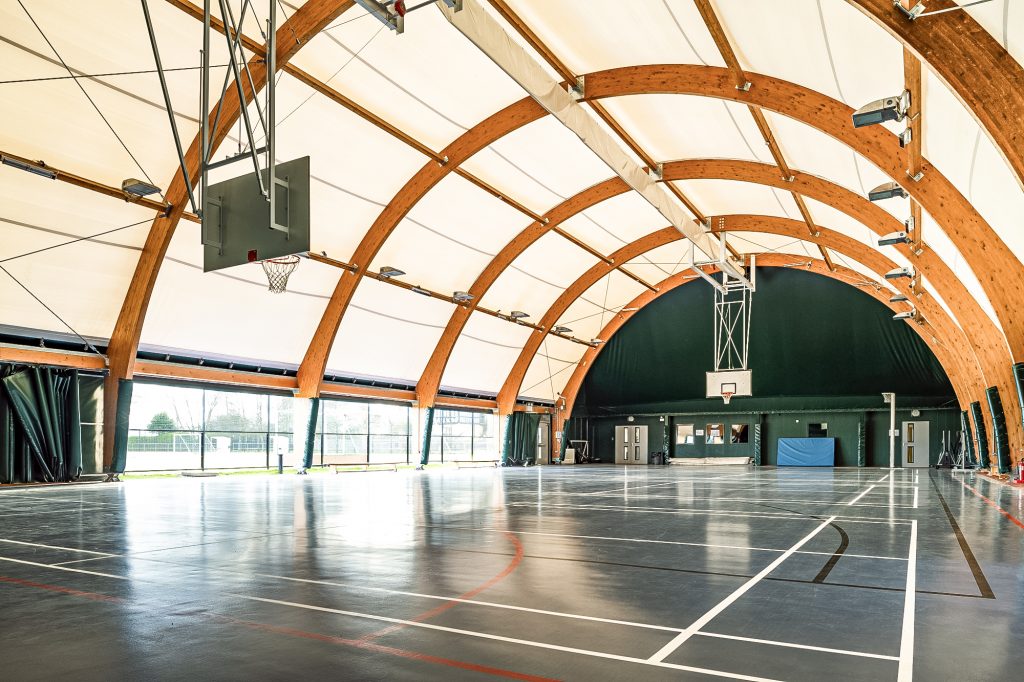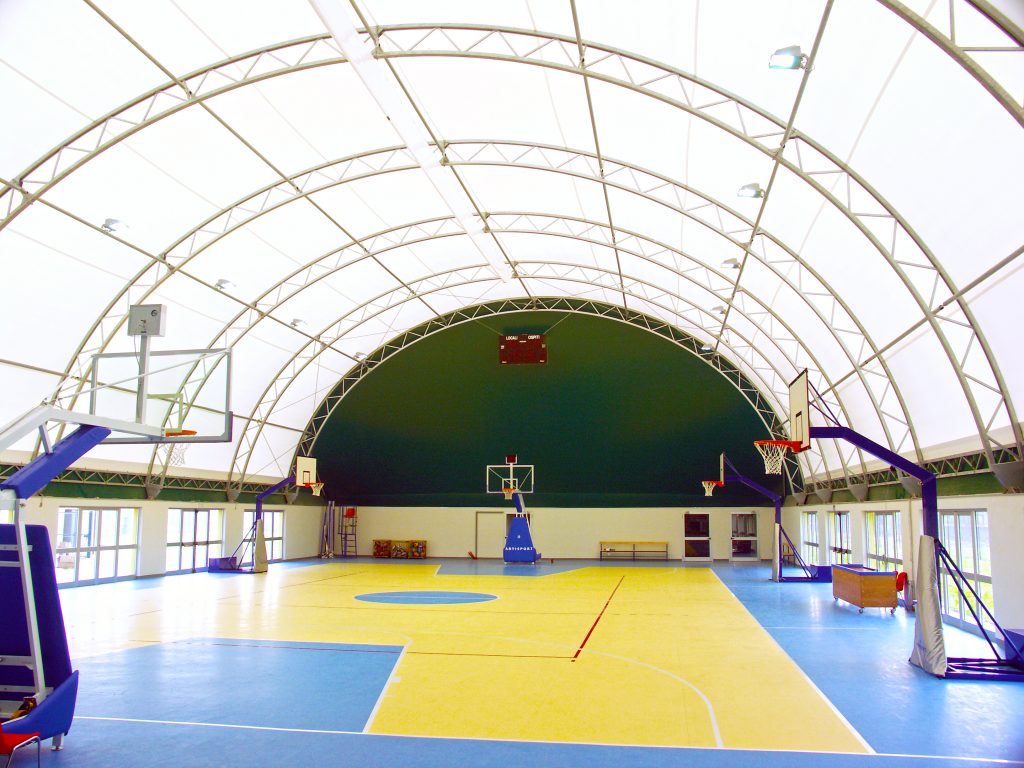We’re noticing there is a fresh burst of interest around multi-use sports facilities at the moment as part of a drive to get the nation active. Following the lock-down years, during which time many people’s health suffered through lack of motivation as well as lack of opportunities to exercise, these venues are being identified as holding the key to boosting participation in sport by making it more diverse, accessible and inclusive.

The Football Foundation has set a target for 40% of its investment to be in multi-sport projects by 2025. The aim is to improve the landscape of sport across the country ensuring people have more access to the activities they love. This aligns with their “Uniting the Movement” strategy, which intends to tackle the inequalities we’ve long seen in sport and physical activity. Providing opportunities to people and communities that have traditionally been left behind, and helping to remove the barriers to activity, has never been more important. Robert Sullivan, CEO of the Football Foundation says that multi-sport venues “are brilliant facilities which offer a much greater community impact and value.”
While a lot of their plan is looking specifically at outdoor locations suitable for football first and foremost, including outside play zones, which are intended to bring communities together through recreational forms of football and a range of other sports, we would argue that indoor facilities are also going to be critical to our sporting profile, particularly seeing as they allow participation to continue throughout the year. Millions of players across different disciplines are left disappointed every year when their matches are cancelled due to poor quality pitches or bad light. However, indoor multi-sport venues are able to roll out their full programme of activities no matter what the weather is doing outside or how dark it is in the afternoon, which is peak time for attracting children after school or workers leaving their offices in need of burning off some energy.
In a recent interview with SportsNation magazine, Charlotte Malyon, England Netball’s Capital Investment & Facilities Manager said that outdoor netball courts have been “more difficult to access post-COVID, particularly in the North and issues such as poor quality surfaces and lack of floodlights are consistent challenges. Demand for indoor netball exceeds supply in all areas of the country.”

England Netball are working in partnership with the Football Foundation and Sport England to ensure that new multi-sport facilities in local communities and schools can cater for and provide regular netball activity. While women’s football is in the spotlight at the moment, she feels it would be “a backwards step to see even more 3Gs being built on school sites.” Multi-sport facilities provide a more balanced curriculum with choice and broader opportunities for all. Let’s not forget too that an investment in multi-sport facilities at schools can also benefit the local communities if they are opened up to the public when not in use. They are a cost-effective way of offering more activities, particularly if space is an issue, and public venues are also likely to find that they attract and retain more members. The key is to involve the people you want to use the facilities in the planning and development of them. We would happily be a part of these discussions from the beginning to ensure that our design solutions are fully customised to meet their interests and needs.
